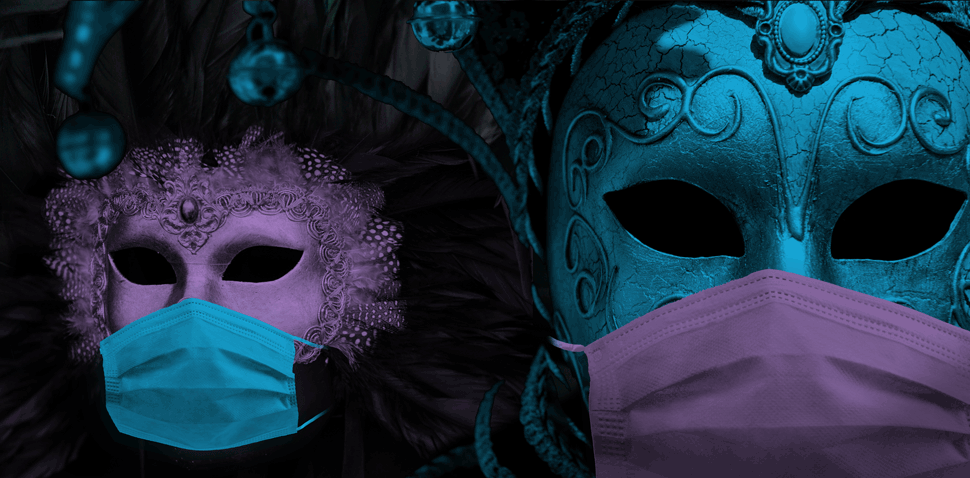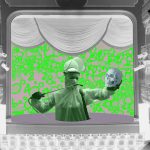It takes more than a plea from health officials to make people wear masks – the decision is tied up in convention and social appearances.
Australians in major cities are wearing masks on footpaths, in supermarkets and during the commute to their downtown desks.
Whereas a few months ago wearing a mask might have looked like an overreaction, the balance of public opinion has shifted, and judgment is now more likely to be cast on those who don’t.
For Mary-Louise McLaws, professor of epidemiology at University of NSW and member of a WHO COVID-19 expert advisory panel, there are no shades of grey: she says every Australian remains at risk of infection or reinfection of the disease, and not wearing a mask is antisocial.
She classifies people into the early adopters who try something first, the late adopters who eventually follow them, and the naysayers who are forced into something by the introduction of punitive measures.
Footage of individuals who fall under the third category has gone viral online, drawing public criticism.
“I found that disappointing because what they’re not understanding is they don’t have a right to place others at risk,” Professor McLaws says.
“I perceive it as somebody who gets in a car and wilfully drives down a one-way street.”
But it takes more than a plea from government and health officials to convince communities to engage in widespread behaviour change, says Australian National University Professor Kate Reynolds.
“One is legitimacy, that people believe in the purpose that underpins the behaviour change, that they believe that it’s a legitimate, sensible, appropriate request on the part of the government or health experts, to wear a mask,” she tells The Medical Republic.
Knowing how to wear a mask properly, and normalising acts in public, are other vital factors.
“With norms, it’s about leadership example.
“The more we see others doing it, the more we see others whose views we respect doing it, the more we see people like us doing it, then the more likely we are going to engage in the behaviour as well.”
In some societies, such as parts of the US, the wearing of masks has become irretrievably politicised.
But even where it hasn’t, as in Australia, wearing a mask is not a neutral act, according to University of Sydney Professor Lionel Page.
Individual decisions are steeped in social appearances and considerations about the message people want to send to others, Professor Page tells TMR.
“If you’re in a society that is not used to masks, the mask is new, so you have to negotiate the meaning of the mask,” he says.
“Whereas, if you’re in a society where you are used to wearing a mask, there is an understanding that it’s expected that you wear a mask.”
Masks are mandatory in Victoria but recommended in NSW and Queensland, whereas Western Australians can make up their minds.
But the inconsistency has proven to be a challenge for public health officials who want to see more people wearing them.
Professor Page says the social implications of wearing, or not wearing a mask may be more of an influential or hindering factor than the health implications.
In communities where masks are not the norm, the signals they can send range from “I’m sick” or “I want to protect myself” to “I don’t trust anyone” or “I don’t want you to make me sick”.
“The individual choice of wearing a mask becomes problematic, because how do you negotiate this?” Professor Page says.
He says it is up to governments to remove individual responsibilities and social barriers by deciding for the communities they lead.




